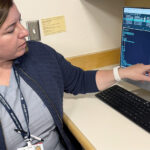The mystery of Jane’s left shoulder: Acute flaccid myelitis
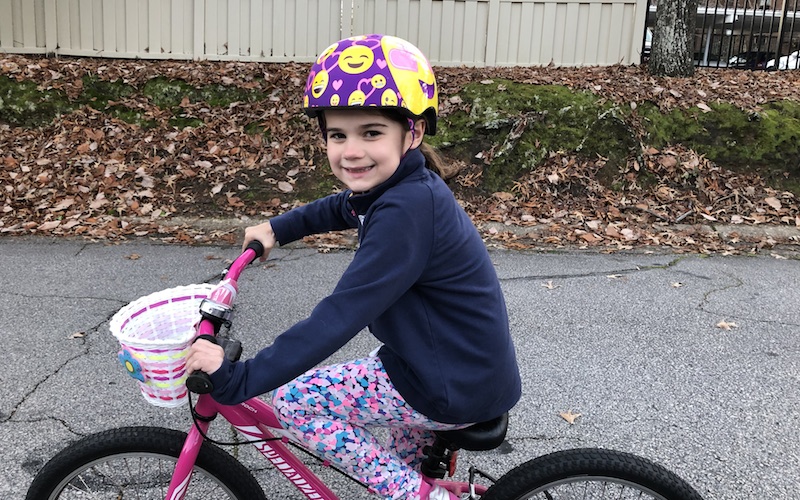
When 5-year-old Jane Morehead tumbled off her bike in May 2017, it didn’t seem like a big deal. Jane’s dad was with her at the time, and both of them considered the fall a minor one. The whole family was surprised, therefore, when Jane had pain in her left shoulder the next day. At an emergency room (ER) near the family’s home in North Carolina, x-rays of Jane’s shoulder appeared normal. The doctor diagnosed a possible sprain and sent Jane home in a sling. As far as Jane and her parents were concerned, that was the end of it.
Things didn’t add up
Over the next few months, however, the pain in Jane’s shoulder grew worse. Her parents took her to a local orthopedist who had no explanation for why the pain continued even after follow-up visits. Jane’s arm grew steadily weaker until eventually she lost mobility in her left hand. The orthopedist splinted her fingers and attributed this second injury to the fall. Within a week, Jane couldn’t move her arm.
Through it all, Jane’s father, Josh, and mother, Katie, continued to remind doctors that Jane’s fall had been low impact. Things didn’t add up.
Jane started physical therapy but her condition did not improve. After months on a waiting list, she got an appointment with a pediatric neurologist. The MRI was initially read as normal. At a follow-up appointment, Katie asked the neurologist what the treatment options would be if Jane’s arm did not improve within six months of the original fall. The neurologist responded, “If there’s no improvement within six months, there are no options. At that point, it will be permanent.”
Jane’s parents were not ready to accept this answer.
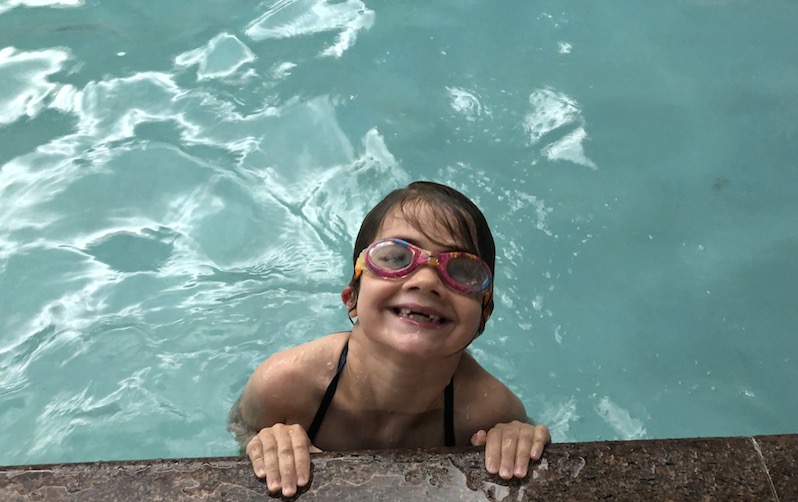
A second opinion
After scouring the internet, Katie got in touch with Boston Children’s Hospital. A few weeks later, five months after the initial fall, Jane and her parents boarded a plane to Boston. There they met with orthopedic surgeons, Dr. Andrea Bauer, and Dr. Peter Waters, of the hospital’s Brachial Plexus Program and Hand and Orthopedic Upper Extremity Program.
“It might have seemed crazy for us to be traveling so far, but we didn’t want to look back in a year or two and wish we had done X, Y or Z,” says Katie. “We wanted to make sure we did everything we could to give Jane the best possible outcome.”
Drs. Bauer and Waters immediately ruled out the fall as the cause of Jane’s pain and immobility. Rather than blame Jane’s serious symptoms on such a minor incident, the doctors suspected a virus.
“Every kid falls off their bike,” says Katie. “It was a huge relief to finally have a more reasonable explanation of why this might have happened.”
Finally, a diagnosis
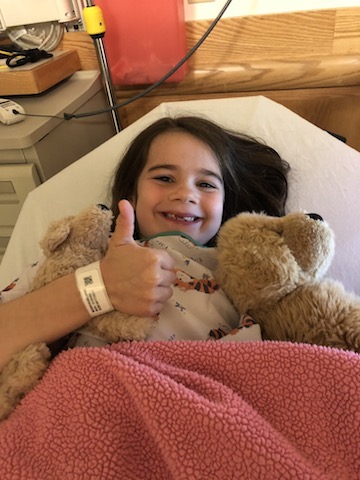
Jane’s MRI showed swelling in the upper nerve roots of her brachial plexus, a network of nerves that connects the spine to the shoulder, arm and hand. The swelling in Jane’s arm was consistent with acute flaccid myelitis. This rare, polio-like illness often begins as a viral infection. The infection can affect the nervous system, damage nerves and lead to paralysis. Without proper treatment, the paralysis can become permanent.
After repeated clinical exams and nerve studies demonstrated a lack of recovery of Jane’s shoulder muscles, Drs. Bauer and Waters recommended a surgical procedure called a nerve transfer. The surgeons would transfer healthy nerves from an unaffected part of Jane’s arm so they could take over for those damaged by the virus.
Active recovery
The surgery took about four hours. Jane spent one night in the hospital and the next three weeks with her arm in a sling. Within six weeks, she and her parents were back home in North Carolina. Since then, Jane has demonstrated her physical improvements for her doctors using Virtual Visits, a video-conferencing service for Boston Children’s patients and clinicians.
“She has been so positive,” marvels Katie, remarking on the way her daughter has responded to everything she’s been through. “We expect Jane will go on to pursue a sport or a hobby. We’re not going to let her use this as a reason not to go after new interests.”
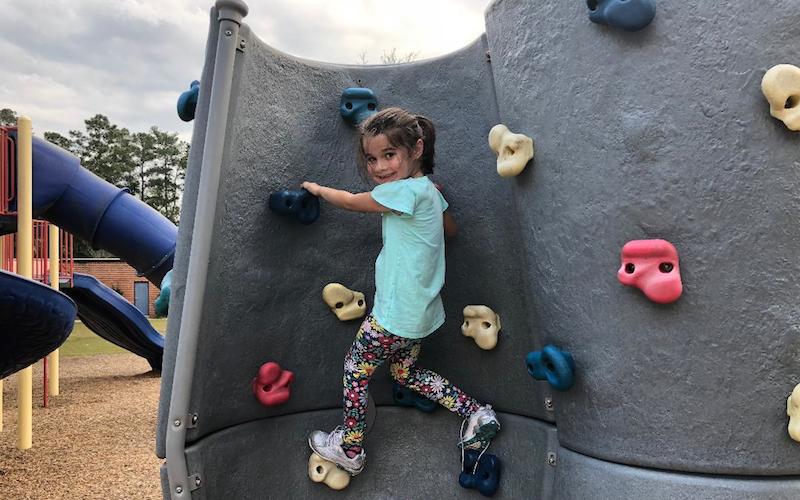
Had her parents not brought her to Boston Children’s, or had Drs. Bauer and Waters not diagnosed acute flaccid myelitis, Jane might not have regained full use of her arm. Instead, 18 months after her first visit to the ER, she is playing the piano, climbing the rock wall at school, and riding her bike again. “We are so grateful to Boston Children’s,” says her mother.
Learn more about the Brachial Plexus Program and Hand and Orthopedic Upper Extremity Program.
Related Posts :
-

A safe, pain-specific anesthetic shows preclinical promise
All current local anesthetics block sensory signals — pain — but they also interrupt motor signals, which can be problematic. For example, ...
-

Adam takes a pause from his active life for non-ossifying fibroma
Adam was 11 in early 2024 when he and his bike slid under a downed tree. Such events aren’t unusual for ...
-

Ask a sports medicine specialist: Why are ACL tears so common among female athletes?
When an athlete is sprinting after an opponent who suddenly stops or changes direction, their anterior cruciate ligaments (ACLs) make ...
-

Forging a path back to school after orthopedic trauma
Orthopedic trauma can force children to miss school, sometimes for an extended period. But even when patients have regained enough ...




